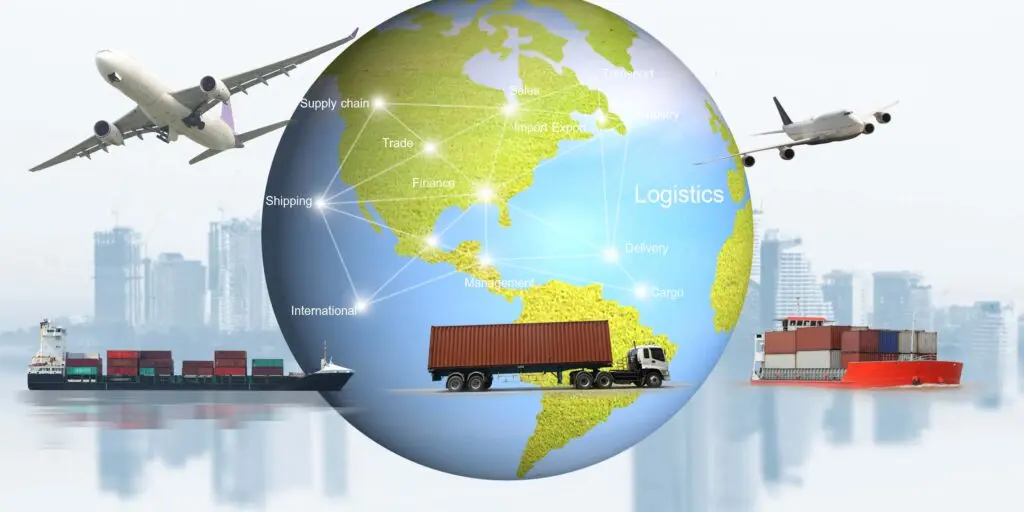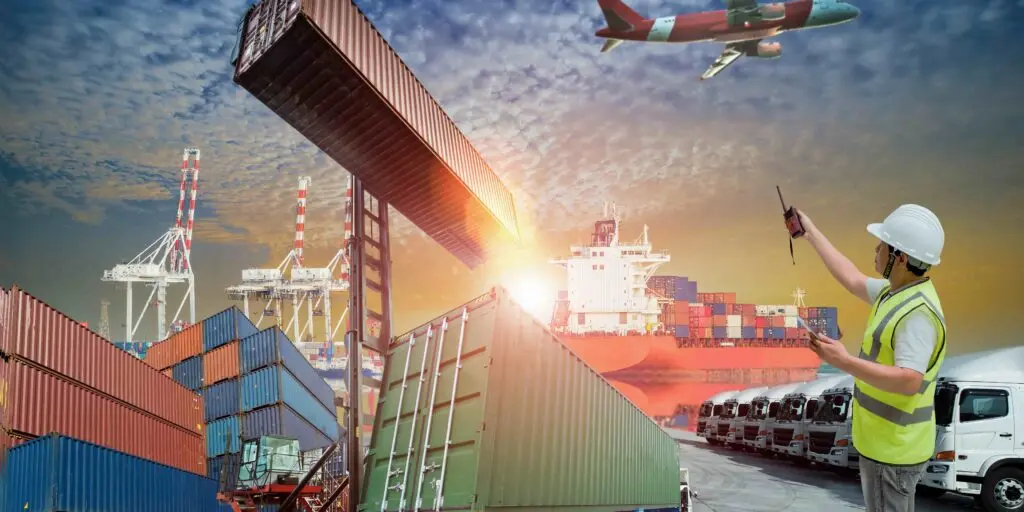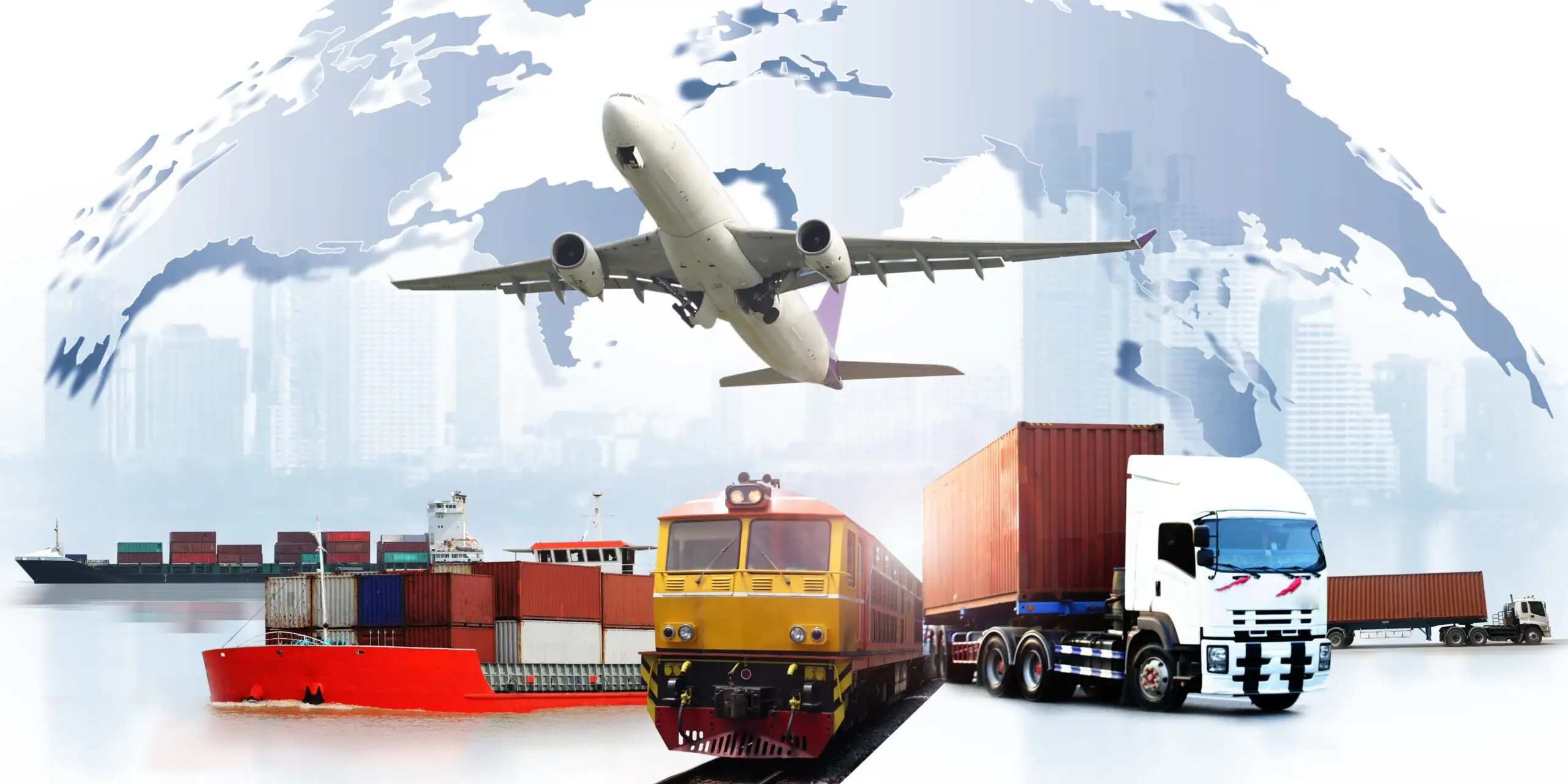Efficient transportation is the backbone of food supply chains, ensuring fresh produce and other food products reach consumers promptly and cost-effectively. However, transportation bottlenecks can create significant challenges, leading to delays, increased costs, and reduced food quality. This blog explores how transportation bottlenecks impact food supply chains and suggests potential solutions.
Understanding Transportation Bottlenecks
Transportation bottlenecks refer to points in the transportation network where disruptions or delays occur, hindering the smooth flow of goods. These bottlenecks can arise from various sources, including:
Major Sources of Carbon Emissions
- Infrastructure Limitations: Inadequate roadways, bridges, and ports that can’t handle current traffic volumes.
- Traffic Congestion: Overcrowded roads and highways that slow down the movement of goods.
- Regulatory Hurdles: Complex regulations and customs procedures that delay shipment clearance.
Common Causes of Transportation Bottlenecks
- Inadequate Infrastructure: Aging or insufficient infrastructure can’t support the increasing demand for food logistics.
- Labor Shortages: Lack of skilled workers, including truck drivers and port staff, can delay food distribution.
- Weather Conditions: Extreme weather events can disrupt transportation routes and schedules.
The Food Supply Chain: An Overview
The food supply chain encompasses a series of stages through which food products travel from farms to consumers.
Key stakeholders in this chain include:
- Farmers: Who cultivate and harvest crops or raise livestock.
- Processors: Who transform raw agricultural products into consumable goods.
- Distributors: Who handle the logistics of moving products from processors to retailers.
- Retailers: Who sell the final products to consumers.
- Consumers: The end-users of the food products.
Importance of Timely and Efficient Transportation
Efficient transportation is vital for maintaining the flow of goods within the food supply chain. Delays at any stage can lead to spoilage, increased costs, and compromised food security.
Impact of Transportation Bottlenecks on Food Supply Chains

● Delays and Spoilage
Food products, especially perishables, must be transported quickly to maintain quality. Transportation delays can lead to significant spoilage and waste.
For example, a delay of just a few hours in delivering fresh produce can result in the loss of several tons of food, impacting retailers and consumers.
● Increased Costs
Transportation bottlenecks often increase the cost of logistics due to the need for detours, additional labor, and fuel costs. These increased costs are usually passed down to consumers, making food products more expensive.
For instance, a transportation delay causing delivery to extend from three days to seven days can significantly increase the overall cost of goods, impacting affordability for end consumers.
● Disruption in Supply Chain Coordination
Transportation bottlenecks can disrupt inventory management and stock levels. This can strain relationships between supply chain partners, as delays and inconsistencies make planning and coordination more challenging.
For example, a food processor relying on timely tomato deliveries cannot meet production schedules if transportation bottlenecks delay shipments.
● Accessibility and Food Security
Transportation bottlenecks can severely affect food availability in remote or underserved areas, leading to food insecurity. When food products cannot reach these areas promptly, prices can skyrocket, making it difficult for residents to afford necessities.
For example, transportation delays can leave rural areas without fresh produce for extended periods, impacting health and nutrition.
How Farm To Plate Revolutionizes Transportation Efficiency in Food Supply Chains

Farm To Plate is a revolutionary platform aiming to alleviate transportation bottlenecks in the food supply chain. Here’s how it can make a difference:
● Inventory Management and Real-time Visibility
Farm To Plate provides real-time inventory visibility, enabling stakeholders to monitor stock levels and manage resources more efficiently. This visibility helps in anticipating and mitigating potential delays in the supply chain. Effective inventory management ensures that products move swiftly from one stage to the next, minimizing storage time and potential bottlenecks.
● Freight Management
Farm To Plate also excels in freight management, optimizing the routing and scheduling of shipments to ensure the most efficient use of transportation resources. Optimizing these processes reduces delays and transportation costs, further mitigating bottlenecks and enhancing the overall efficiency of the food supply chain.
● Risk Monitoring
The platform offers risk monitoring capabilities to identify and address potential disruptions proactively. By tracking various risk factors, Farm To Plate can help ensure smoother transportation and timely deliveries.
● Cold Chain Analytics and Live Dashboards
Maintaining the cold chain is crucial for perishables. Farm To Plate’s cold chain analytics and live dashboards continuously monitor temperature-sensitive shipments, ensuring they remain within the required temperature ranges and reducing spoilage risk.
● OTIF Reports and End-to-end Traceability
Farm To Plate generates On-Time In-Full (OTIF) reports and ensures end-to-end traceability of food products. This transparency allows for improved supply chain coordination, helping maintain high service levels and compliance with delivery schedules.
● Regulatory Compliance
Navigating complex regulatory environments can often cause bottlenecks. Farm To Plate aids in streamlining compliance processes by keeping all stakeholders informed about regulatory requirements and ensuring adherence, thus preventing delays.
● Supplier Adherence
Ensuring suppliers meet set standards is critical for maintaining a smooth supply chain. Farm To Plate helps monitor supplier performance and agreement adherence, reducing the risk of non-compliance and subsequent bottlenecks.
● Promoting Sustainable Transportation Solutions
The platform emphasizes sustainable practices, such as local sourcing and eco-friendly transport options, which reduce dependency on long-haul transportation routes. This not only helps in mitigating bottlenecks but also contributes to lower carbon emissions.
Addressing Transportation Bottlenecks

Infrastructure Improvements
- Investment in transportation infrastructure is essential to reduce bottlenecks. This investment includes upgrading roads, bridges, and ports to handle increased traffic volumes.
- Advancements in technology, such as intelligent logistics and real-time tracking systems, can further enhance efficiency.
Policy and Regulatory Changes
- Streamlining regulations can significantly reduce delays in the food supply chain.
- Collaboration between government agencies and the private sector is crucial for creating policies that facilitate smoother transport operations.
Supply Chain Optimization
- Improving coordination and communication within the supply chain can mitigate the impact of bottlenecks. Diversifying transportation modes, such as rail, sea, air, and road, can also provide alternative routes and reduce the pressure on any single mode of transport.
- Adopting just-in-time inventory practices ensures that companies move products quickly and efficiently, minimizing the time spent in transit.
Conclusion
Addressing transportation bottlenecks is critical for sustaining a resilient and efficient food supply chain. By understanding the causes and impacts of these bottlenecks, stakeholders can collaboratively implement solutions that ensure the timely and cost-effective delivery of food products.
Farm To Plate is an exemplary platform for enhancing the efficiency and reliability of food supply chains. Leveraging cutting-edge technology, promoting sustainable practices, and improving supply chain coordination, Farm To Plate can alleviate many of the transportation challenges faced in the food industry. All stakeholders must continue to collaborate and invest in solutions that support a robust and secure food supply chain, ensuring food security and accessibility for all consumers.
Sravya Priya, Content Marketing Specialist at farmtoplate.io
